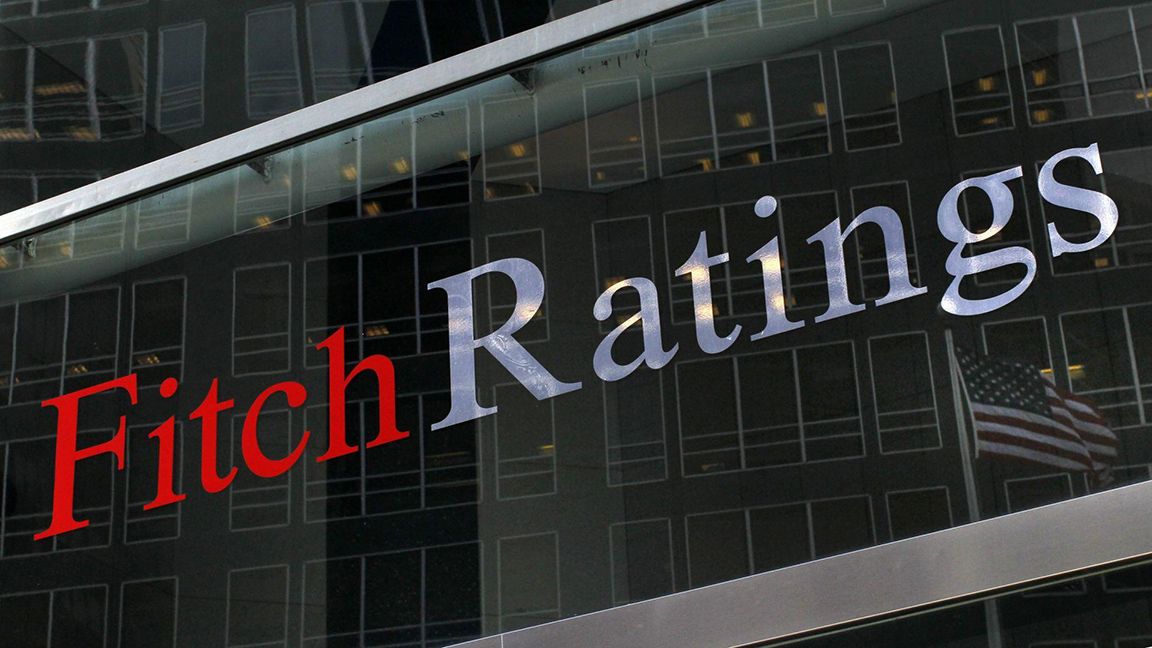Global credit watcher, Fitch Ratings revised upward its growth forecast for the Philippines for 2021 from 4.4 percent previously to a range of 5 to 5.5 percent, owing to the stronger-than-expected expansion in the third quarter. But Moody’s lamented the slow vaccine rollout.
GLOBAL credit watcher, Fitch Ratings, noted a stronger-than-expected economic expansion in the Philippines during the third quarter prompting it to raise its growth forecast from 4.4 percent (previously) to 5.5 percent for 2021.
Sagarika Chandra, director of Asia-Pacific sovereigns at Fitch, said in a virtual economic forum hosted by BusinessWorld that the debt watcher hiked its gross domestic product (GDP) growth forecast to a range of 5 to 5.5 percent instead of 4.4 percent this year.
“The third quarter GDP data came out better than what we expected. We currently have the growth forecast at 4.4 percent for this year and then rebounding to 6.8 percent next year. However, given the new data for the third quarter, it looks like growth could be a little bit higher than what we are expecting. So probably somewhere between five and 5.5 percent,” Chandra said.
“One of the things that strikes us is just the resilience of the economy during a very severe wave of cases of COVID,” Chandra added.
Uncertainties
“However, our concern is a little bit more on the medium- term prospects and just how quickly the economy can recover and the macro policy framework, which is essentially the fiscal and the monetary,” she added.
The Fitch official cited the need to quickly return to fiscal consolidation amid the massive debt financing to support the economy as well as the winding of unconventional monetary policies.
Chandra said the upcoming general elections in May next year also adds uncertainty, but the country’s GDP is seen growing by 6.8 percent in 2022.
From negative to stable
The debt watcher initially lowered the country’s credit rating to stable from negative in May last year or during the height of the COVID outbreak.
However, Fitch lowered anew the Philippines’ credit rating outlook to negative from stable in July as the economy is expected to post a slower recovery from the pandemic-induced recession.
This means that the debt watcher could downgrade the country’s credit rating, which was retained at BBB, a notch above minimum investment grade, BusinessWorld reported.
Moody’s
Moody’s Analytics chief economist for Asia-Pacific Steven Cochrane said the Philippines was struck harder by the pandemic last year than any of the Asia-Pacific economies except India.
“The shutdowns were perhaps the lengthiest almost anywhere in the world and very, very strict,” he said.
Cochrane said the turnaround in exports is finally beginning to happen.
“So the Philippines is kind of almost leaping into this global period where demand for services is increasingly strong. In a way, that’s good. (The) Philippines has a very strong focus on service-based exports, business processing operations and such. It’s a great advantage of its economy and something that should support the economy,” Cochrane said.
Slow vaccine rollout
The research arm of the Moody’s Group, however, lamented the slow rollout of COVID vaccines in the country, with only 30 percent of the target population fully vaccinated.
Moody’s Analytics is looking at a six percent GDP growth for the country next year.
DBCC target met
For her part, Bangko Sentral ng Pilipinas assistant governor Iluminada Sicat said the country’s GDP growth averaged 4.9 percent from January to September this year, well within the four to five percent target set by the Development Budget Coordination Committee (DBCC).
“This seems to indicate that the country is learning to live with the virus by managing risks through the safe reopening of the economy and calibrated imposition of granular quarantine restrictions,” Sicat said.
After averaging 4.5 percent in January to October and exceeding the central bank’s two to four percent target, Sicat said the BSP sees inflation easing to within the target range starting November and decelerating further to the midpoint of the target in 2022 and 2023.
Aside from its COVID-19 measures that unleashed P2.3 trillion into the financial system, the BSP has maintained an accommodative monetary policy stance by keeping interest rates at record lows to encourage lending and boost economic activity.
Tags: #FitchRatings, #GDPforecast, #strongeconomicexpansion, #economy
